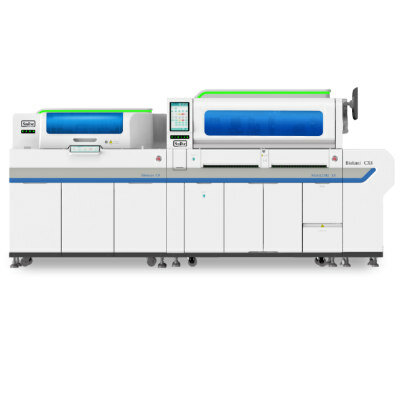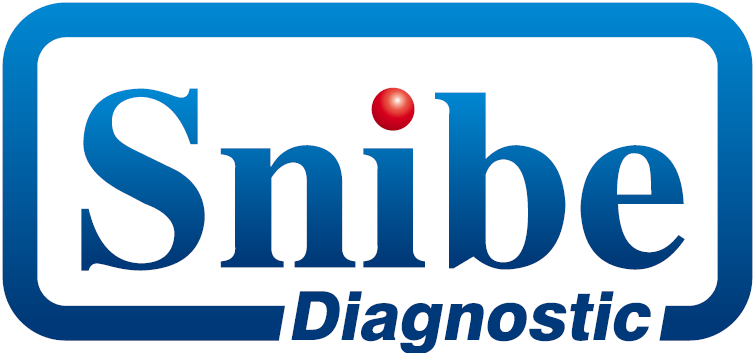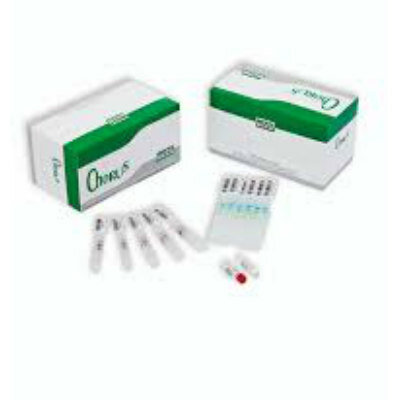Genetic Barcode Helping Make Sense of Deluge of Genetic Data
By LabMedica International staff writers
Posted on 23 Dec 2013
An enhanced internet research application is helping clinicians and cancer researchers make sense out of a flood of genetic data from close to 100,000 patients and more than 50,000 lab mice.Posted on 23 Dec 2013
The tool, called the Gene Expression Barcode 3.0, is will be a key resource in the new age of personalized medicine, in which cancer therapies are customized to the genetic composition of an individual patient’s tumor.
Significant new improvements in the Gene Expression Barcode 3.0 were reported in the January 2014 issue of the journal Nucleic Acids Research, published online December 2013 ahead of print. The senior author Dr. Michael J. Zilliox is from the Loyola University Chicago Stritch School of Medicine (IL, USA) and the co-inventor of the Gene Expression Barcode.
“The tool has two main advantages,” Dr. Zilliox said. “It’s fast and it’s free.” The Gene Expression Barcode is available online (please see Related Links below), and designed and hosted by Loyola University Chicago Stritch School of Medicine. The website is receiving 1,600 unique visitors monthly.
Determining how a patient’s cancer genes are expressed can help a clinician put together a pursonlized treatment. In a tumor cell, for example, certain genes are expressed while other genes are unexpressed. Moreover, different kinds of cancer cells have different patterns of gene expression. Genes are expressed through RNA, a nucleic acid that performs as a messenger to carry out instructions from DNA for making proteins.
Research institutions have made public genetic data from nearly 100,000 patients, most of whom had cancer, and more than 50,000 laboratory mice. However, in raw form, these data are too cumbersome to be of much practical use for most researchers. The Gene Expression Barcode employs sophisticated statistical methods to make this huge amount of data much more user-friendly to researchers.
The barcode algorithm is designed to estimate the genes that are expressed and those unexpressed. The Gene Expression Barcode is binary coded: the expressed genes are ones and the unexpressed genes are zeroes.
Dr. Zilliox co-invented the Gene Expression Barcode, with Rafael Irizarry, Ph.D. Dr. Zilliox and Irizarry first reported the Gene Expression Barcode in 2007. In 2011, they reported an improved 2.0 version. The Barcode already has been cited in more than 120 scientific articles, and the new 3.0 version will make it even easier and faster for researchers to use, according to Dr. Zilliox.
Related Links:
Gene Expression Barcode
Loyola University Chicago Stritch School of Medicine














